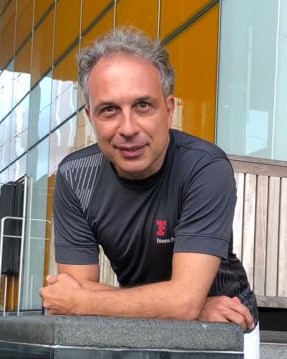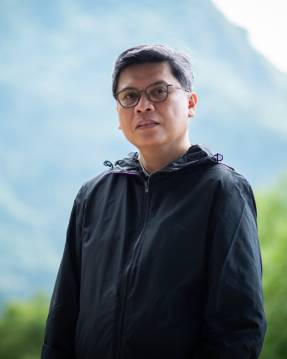The Original, The Copy, and The Remade: Artworks and Their Doubles" delved into the concept of originality, copies, and remakes in the context of art, as explored by Professor Maurizio Peleggi in his talk. He delved into the idea of the original and the copy in art, contending that a copy could serve as a substitute for an original that was distant or inaccessible.
He examined the concept of the aura, a term coined by Walter Benjamin to depict the distinctive presence of an original work of art. Prof Peleggi suggested that the copy could evoke in the viewer the same emotional response that was typically associated with the original work. He also discussed the notion of the work of art as an object crafted for emotional experience. The discussion also encompassed the idea of the copy as a replacement for a work of art that itself stood as a substitute for an unattainable object or entity.

Speaker
Professor at National University of Singapore
Editor, Journal of South-East Asian Studies (2010-2016)
Peleggi has published widely on the cultural history of Thailand, heritage politics, and the anthropology of art, including the books Monastery, Monument, Museum (2017), Thailand: The Worldly Kingdom (2007), and Lords of Things (2002; Thai translation 2023), and articles in (most recently), The British Journal of Aesthetics and RES: Anthropology and Aesthetics. His forthcoming new book is entitled Devotional Conservation: A Theory.

Moderator
Professor of Art Studies, Department of Art Studies, University of the Philippines and
Deputy Director, Curatorial and Research, National Gallery Singapore
Dr Patrick Flores is concurrently Professor of Art Studies at the Department of Art Studies at the University of the Philippines and Deputy Director (Curatorial and Research) of the National Gallery Singapore. He is the Director of the Philippine Contemporary Art Network. He served as curator of the Taiwan Pavilion at the Venice Biennale (2022), Artistic Director of Singapore Biennale (2019), and curator of the Philippine Pavilion at the Venice Biennale (2015).
His publications include Raymundo Albano: Texts (2017); Art After War: 1948-1969 (The Modern Reader, Philippines, 2015); Past Peripheral: Curation in Southeast Asia (NUS Museum, Singapore, 2008) and Painting History: Revisions in Philippine Colonial Art (National Commission for Culture and the Arts, 1999).





 Visit website
Visit website